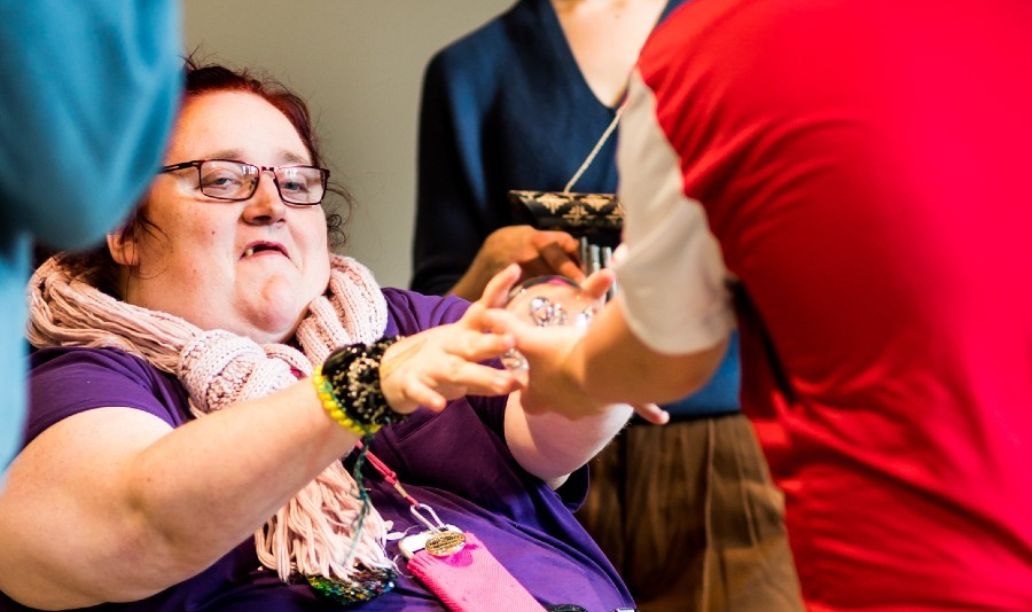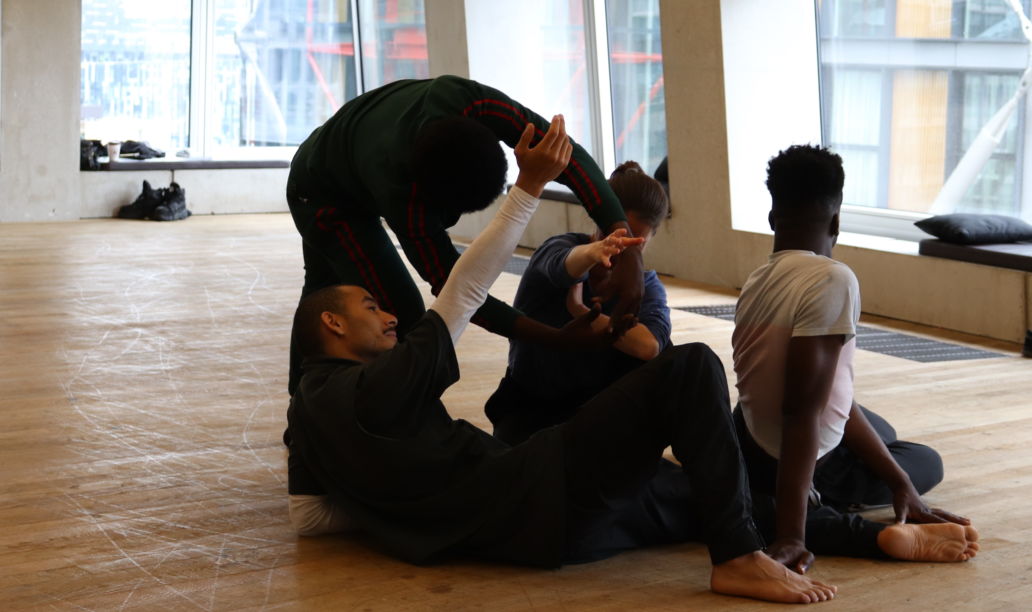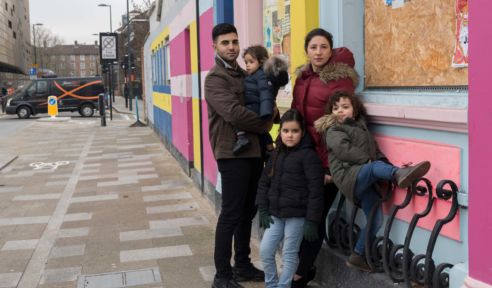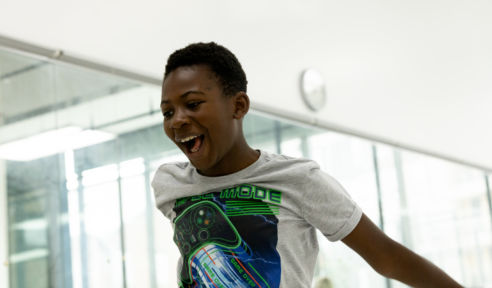The arts and cultural sector has faced overwhelming uncertainty and made significant shifts in their approaches to delivery during the past year. There are particular concerns for freelance workers, including artists, who comprise such a significant and diverse section of the sector’s workforce. Given the uncertainty over what might come, even as restrictions are eased, planning for future months remains fraught.
Responding to Covid
We have seen many arts organisations and artists stepping into the challenges caused by Covid. Through existing relationships with their local communities, some organisations pivoted towards coordinating emergency response work, others developing new approaches to support creativity and wellbeing during periods of restriction, and many exploring digital and novel approaches to delivering work to support and engage with their communities.
We are funding more diverse organisations than we were doing previously which has pushed us to think more critically about our processes and practice.
In numbers
Arts access and participation grants
Arts access and participation
Our new offer of enquiry calls has been especially popular in this Fund – between October 2020 and March 2021 the team had calls with 200 potential applicants.
Access All Areas

Access All Areas makes disruptive theatre and performance by learning disabled and autistic artists.
During Covid-19, focus shifted to ensuring the mental health and wellbeing of those involved in the organisation. This was achieved through characteristic creativity, flexibility and focus on the needs of individuals: ‘A lot of people we work with have barely left the house since the pandemic’. It was supported by an emergency grant in November 2020.
A one-to-one way of working involved creative support workers alongside learning disabled artists. Using technology helped artists keep on creating, continue to have a voice and, in the words of one of the productions, show that they are ‘Still Here’.
During the pandemic, there has been even greater focus on learning disabled people taking on leadership roles, and recognition of the capacity and funding that is required to support this effectively. It is necessary to be uncompromising to provide the right kind of support to people – ‘not a sticking plaster’. The legacy will be a sector that accepts and is pushed by this work: inclusive and changing the way people think.
A lot of people we work with have barely left the house since the pandemic.
Sharpening our focus
We revised the funding criteria within our Arts Access and Participation Fund, which reopened in October. The criteria have a sharper focus on work with communities experiencing structural and systemic inequalities, shifting power within those relationships, funding organisations that are both committed to being diverse and inclusive internally as well as working in ways that are seeking to address structural inequalities more broadly, and where there is a commitment to learning and reflection.
This shift in focus, and the flexibility of our emergency funding, has meant that we are funding more diverse organisations than we were doing previously which has pushed us to think more critically about our processes and practice.
Our new offer of enquiry calls has been especially popular in this Fund – between October 2020 and March 2021 the team had calls with 200 potential applicants.
The new focus is bringing change to our portfolio with approximately half the grants going to organisations not previously funded by PHF. Many include a strong emphasis on empowerment and inclusion of people at risk of marginalisation, for example:
- those with or seeking refugee status
- people that identify as LGBTQ+ or a minority gender
- Deaf or disabled adults, young people and their families
- people identifying as Black, Asian or from other minoritised ethnic or cultural backgrounds.
Within the work funded there are strong themes around skills and leadership development, co-creation approaches, developing relationships, cultural connections and building communities, as well as support for developing evaluation and learning approaches.
Micro Rainbow

Micro Rainbow supports lesbian, gay, bisexual, trans, queer and intersex (LGBTQI) asylum seekers and refugees through their social and economic inclusion programme, providing housing, legal support, skills and employability training and a comprehensive “Moving on” programme for their members who are transitioning from being an asylum seeker to a refugee.
During Covid-19, services were rapidly moved online and digital access ensured for service users. Most of their members suffer from digital poverty so Micro Rainbow made sure to provide data and equipment for all to connect. The goal was to develop an online community and an online peer support space to combat social isolation: ‘While service users were frustrated to not meet in person, they felt it was the next best thing. For us, we have been able to increase our reach beyond London, Birmingham and Leeds, with people being able to join workshops from all over the UK and feel connected’.
Micro Rainbow also started the ‘Moving Together’ programme, a dance project funded by PHF to go online: ‘Many of our members have suffered serious persecution and trauma. People found this a great initiative, both creative and healing, to get in tune with their bodies and minds. Also it was a lot of fun’.
As the pandemic moves on, there is continuous change in how things are done. Together with their members Micro Rainbow is exploring a blended approach to ensure a better reach: ‘We cannot guarantee that our members will be present at every programme, due to deportation, and various other challenges in the life of asylum seekers. As an organisation we will always be there and be consistent, with the knowledge that our members can always check in with us whenever they need to. It does not matter if sessions are missed,our motto is whoever is in the space at the time are the right people in that space and time’.
People found this a great initiative, both creative and healing, to get in tune with their bodies and minds. Also it was a lot of fun.



